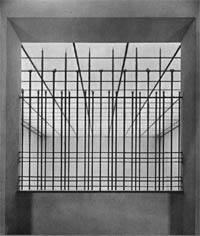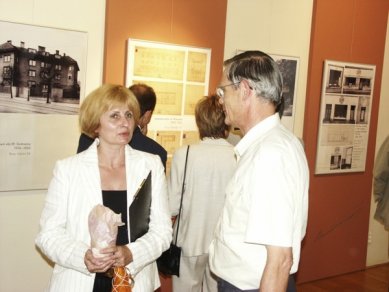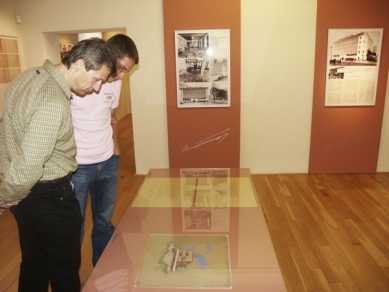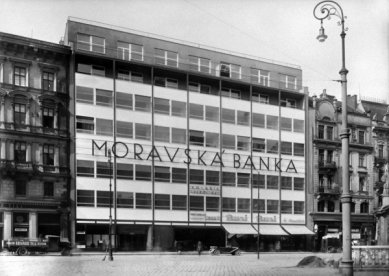
The exhibition at Brno's Špilberk pays tribute to Ernst Wiesner
 |
Wiesner is, for example, the author of the listed building of the Brno crematorium and the current headquarters of the regional public prosecutor's office and Czech Radio Brno in the city center. In addition to commercial buildings, he also dealt with designs for villas, apartment buildings, and factory complexes. Many properties from Wiesner's studio also grew in northern Moravia, Poland, and Slovakia, said curator Lenka Kudělková to reporters today.
The museum presents the architect's work in dozens of large-format photographs of buildings, their interiors, and furniture. The images capture Wiesner's initial weakness for classical architectural elements and his later leanings towards the austerity and functionality of buildings, which were followed by the so-called functionalism.
Ernst Wiesner (1890 to 1971) was born into a Jewish family in Malacky, Slovakia. In the early 20th century, he moved back to Brno with his parents. He studied at the Vienna Academy of Fine Arts and began working as a recognized architect in Brno in 1918. After an authorially fruitful 20 years, Wiesner's work gradually stagnated, and in 1939 he emigrated to Britain to escape the Nazis. He returned to Brno in the late 1940s, but with the rise of communist power he permanently relocated to Liverpool.
> more at www.spilberk.cz
The English translation is powered by AI tool. Switch to Czech to view the original text source.




0 comments
add comment












